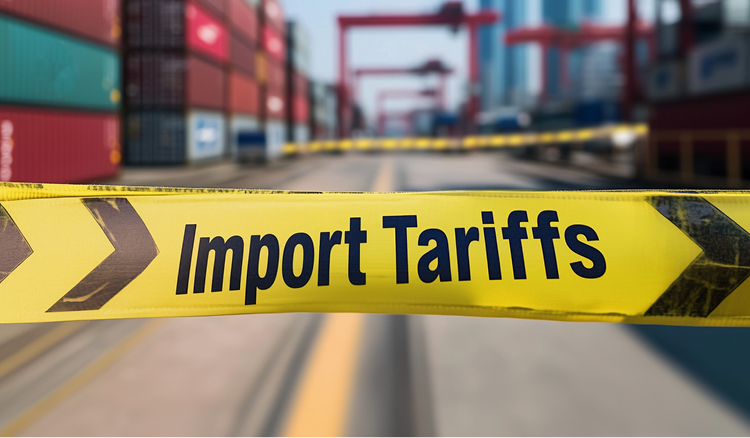How Your Business Can Pick The Best Bid
We all want a good deal. We always want to know how much can we get for the least amount of money. The truth is that there are benefits to spending a little more to get what you need. By the same merit, taking a chance on quality for a smaller investment might lead to stellar results.
Nothing exemplifies this principle better than Veryable’s bidding process. Keep reading to figure out which direction will serve your unique business needs, while learning about the differences between higher and lower bids, and best practices when accepting a bid.
Best Practices When Accepting A Bid
Besides the monetary aspect of the bidding process, there are a few things to keep in mind:
Make sure the op you’ve posted is entirely accurate in explaining the work and environment an operator should expect. This will ensure that the bids you’re getting are high-quality, as people know what they’re getting into.
If you’re seeking new operators for your labor pool, post single-day ops in order to initially observe an operator and find out if they may be a good fit for your on-demand crew.
Next, accept a bid right away to give your operators enough lead time before starting an op. After all, no one wants to be caught off guard with only an hour or two to get ready for work.
Accepting Low Bids
Does low value also mean low quality? Not necessarily. Here are some reasons this route is appealing:
New operators typically sign onto the Veryable platform seeking new experiences. However, this does not mean that they have no experience. If a bidding operator has only worked a few ops and hasn’t yet built a solidly rated reputation for themselves, their listed experience may be hiding within their profile. While seasoned operators with limited reviews aren’t always the case, a low bid is still an indication that the operator is enthusiastic and ready to learn.
A low bid is a good opportunity to add a new operator to your labor pool. Once they are in and are steadily working ops, there’s less of a chance they’ll be swayed toward ops posted by competitors. Operators in your labor pool are known for showing up– only 5% were reported as no-shows in 2022. As this is comparable to the average FTE, you will be able to rely on their attendance with the same level of confidence.
If a highly rated operator is bidding a low amount, this is an indication that they are in need of the work, and will work efficiently and effectively. Although these operators will typically bid higher, choosing a bid in the mid to low category from a highly rated operator serves a chance for the best of both worlds: great work done at a great rate.
Accepting High Bids
On average, our business users accept high bids more often than low bids. There are solid reasons for this, all of which may play a role in your unique business needs:
A highly-rated operator, usually with a four-star rating or higher, will have the upper hand over the competition. Because they have relevant experience businesses are looking for when bidding, they will likely be able to produce at a more accelerated rate compared to an average operator, therefore, the higher compensation is appropriate.
Higher bids are also accepted so businesses can offer competitive wages. An operator will generally have between three and five business locations they are regularly working ops in. In order to keep an operator in your labor pool from seeking an opportunity from your competitor, accepting higher bids may play a large part in the solution.
Once an operator has solidly remained in your labor pool, keeping them there is the best option to keep your operations functioning at peak efficiency. Accepting increasing bids from an operator you’ve enjoyed working with leads to higher retention.
Ready to solve your labor problems with an on-demand solution? Sign up for the Veryable platform today.
Previous Posts
Trump 2.0 Week 9 Recap: What’s New, What’s Coming Up, and Why Agility Is More Important Than Ever
The Future of Manufacturing and Logistics
Create a free business profile today to explore our platform.






